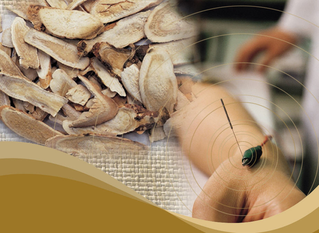Angina is chest pain caused by insufficient blood supply to the heart muscle, for example, closing the coronary artery, which supplies the heart with blood, atherosclerosis, stenosis, etc. Angina pectoris is also called a cramp, because with stenocardia, a feeling of constriction and severe pain appear in the chest.
Causes of angina pectoris
Stenocardia, stroke, cerebral infarction and hemorrhage are usually caused by arteriosclerosis of blood vessels and unstable blood pressure. Angina is the medical term for the characterization of chest pain and coronary artery disease. But not all chest pains are angina pectoris. Normally, until the blood vessels are blocked by more than 70%, you will not feel the symptoms of angina in a calm state, but with physical activity or when climbing a ladder, you will feel chest pain. If you have any pain in your chest, you should consult your doctor.
The most common cause of angina is atherosclerosis.
Atherosclerosis refers to the accumulation of harmful substances, such as cholesterol, on the inner wall of the blood vessel, which leads to narrowing of the blood vessels and densification of the walls of the vessels.
The causes of arteriosclerosis are hypertension, diabetes, age changes, lack of physical activity, overweight and abdominal obesity, high triglycerides and hypercholesterolemia.
Types of angina pectoris
Angina is divided into three types: stable angina, unstable angina and dysmorphic angina.
1. Stable angina
Stable angina is the most common form of angina pectoris.
Symptoms of stable angina are mainly chest discomfort with intense emotional stress or intense training, such as climbing stairs or running.
Usually these symptoms pass in a calm state. However, if you experience discomfort in the chest more often, you should seek medical help and undergo appropriate tests.
2. Unstable angina
In cases of unstable angina, chest pain can occur suddenly.
Discomfort in the chest may be more severe and prolonged than with stable angina.
Unstable angina may be caused by narrowing of the coronary arteries due to arteriosclerosis or impaired blood vessel functioning.
This is due to a decrease in blood supply to the heart muscle.
Infection or inflammatory diseases can also cause unstable angina.
Unstable angina is one of the acute coronary syndromes that require urgent treatment.
3. Dysplastic angina
Dysplastic angina is also called "changeable angina".
Dysplastic angina has a severe atherosclerosis in one or more coronary arteries.
Symptoms can usually be felt even in a relaxed state and differ from typical angina.
Pain in dysplastic angina can be caused not by physical stress or stress, but by spasm of the coronary artery.
Coronary spasm occurs when the coronary artery is almost completely blocked. Symptoms of dysplastic angina are very painful and usually occur between midnight and 8 am, in a row two or three times a day.
The incidence of angina pectoris is higher in men than in women, and it is known that smoking is an important risk factor for the onset of angina pectoris.

